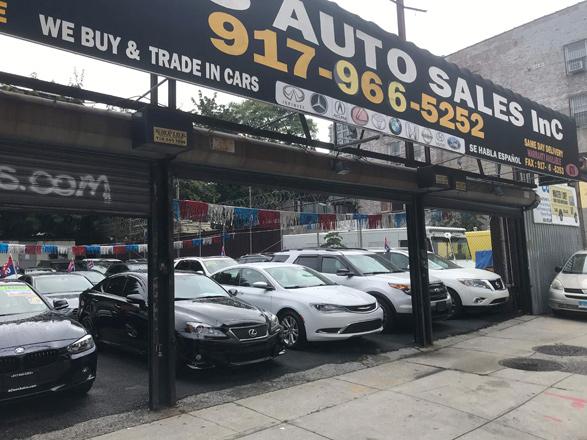- International News
- Web-2021-07-14 | 02:10 pm

Nayrouz News Agency :
The United States saw its biggest surge in inflation in more than a decade last month, government data said on Tuesday, hitting consumers and challenging the White House and Federal Reserve (Fed) narrative that the price spike will fade in the coming months.
As widespread COVID-19 vaccinations allowed the world's largest economy to relax pandemic restrictions, Americans have resumed spending and traveling but have faced rising prices for used cars, gasoline, hotels and airline fares.
That trend could undermine already-tentative support for President Joe Biden's economic plan, including his massive jobs and infrastructure proposals.
The Consumer Price Index (CPI) spiked 5.4 percent, not seasonally adjusted, over the 12 months ended in June, the Labor Department said, its highest rate since August 2008.
While the reopening is a boon to businesses, they are facing supply bottlenecks such as a global shortage of semiconductors that has hampered auto production, and also surges in demand, including from rental car companies rushing to rebuild their fleets.
After sinking in the midst of the pandemic shutdowns, energy prices have rebounded, aided by the failure of OPEC+ oil producers to boost output. Gasoline surged an unadjusted 45.1 per cent over the past year and 2.5 per cent in the month of June, the report said.
Those eye-popping gains will intensify pressure on Fed chair Jerome Powell, who faces two days of questioning by lawmakers on Wednesday and Thursday.
Powell has repeatedly insisted that most of the factors driving the price spikes, among them the comparison to the sharp declines in 2020, will disappear and inflation will come down.
But economists are beginning to question that view.
"The surge in prices remained largely driven by COVID but surprised many at the Federal Reserve [Fed] who hope the surge will be transitory," said economist Diane Swonk of Grant Thornton. She warned, "That possibility is fading."
Continued stimulus
Powell likely will find himself defending the Fed's pledge to continue providing stimulus to the American economy until there has been substantial progress on lowering unemployment and getting inflation to hold above 2 per cent.
US central bankers at their policy meeting in June expressed surprise at the extent of the inflation jump, and with the new data, inflation hawks will have the upper hand at the policy meeting later this month, where they are expected to discuss pulling back on the Fed's massive bond-buying programme.
Food prices rose a comparatively modest 2.4 per cent for the year ended in June, and 0.9 per cent in the month, according to the data.
But even excluding the more volatile food and energy prices, "core" CPI over the 12 months to June jumped 4.5 per cent, unadjusted, the biggest increase since November 1991, the Labour Department said.
Compared to May alone, CPI surged 0.9 per cent, seasonally adjusted, with over one-third of that rise driven by a 10.5 per cent gain in used car prices.
The White House Council of Economic Advisers pointed to temporary factors driving inflation, and cautioned that "the recovery from the pandemic will not be linear".
Ahead of the report, economists said they expected inflation to start trending down in coming months, but noted that price pressures persist.
The "price gains were widespread as unleashed pent-up demand outstrips diminished supply," said Kathy Bostjancic of Oxford Economics.
"We believe this will be the peak in the annual rate of inflation," she said in an analysis, but "price increases stemming from the reopening of the economy and ongoing supply chain bottlenecks will keep the rate of inflation elevated."













